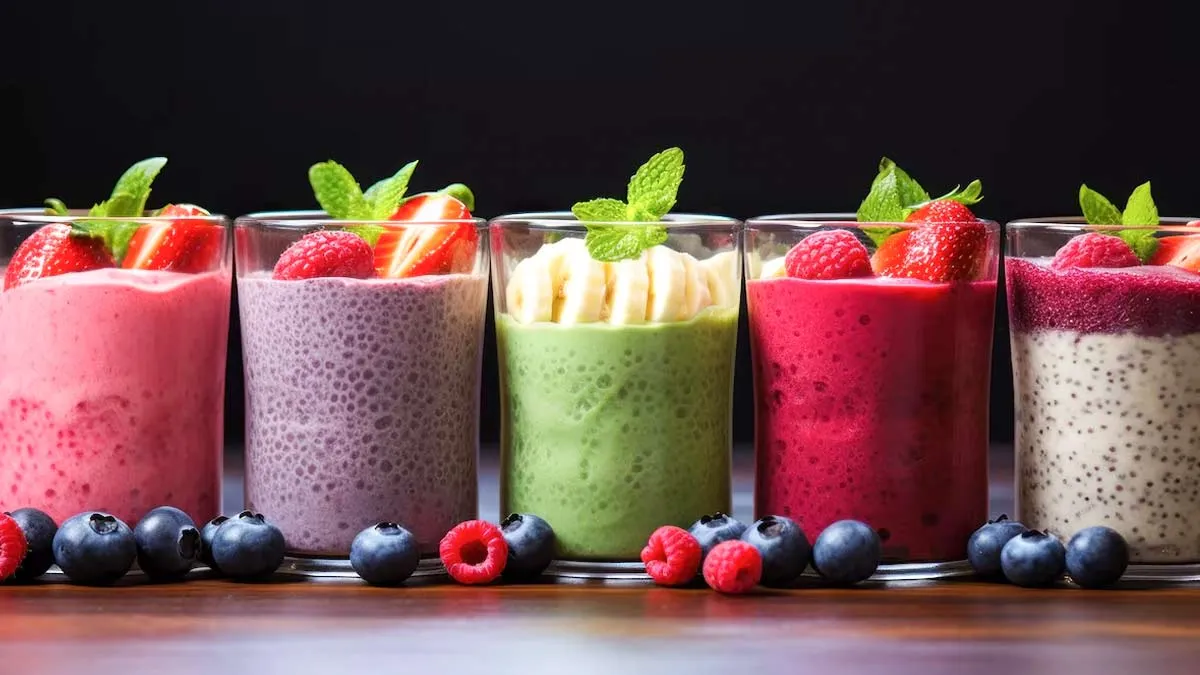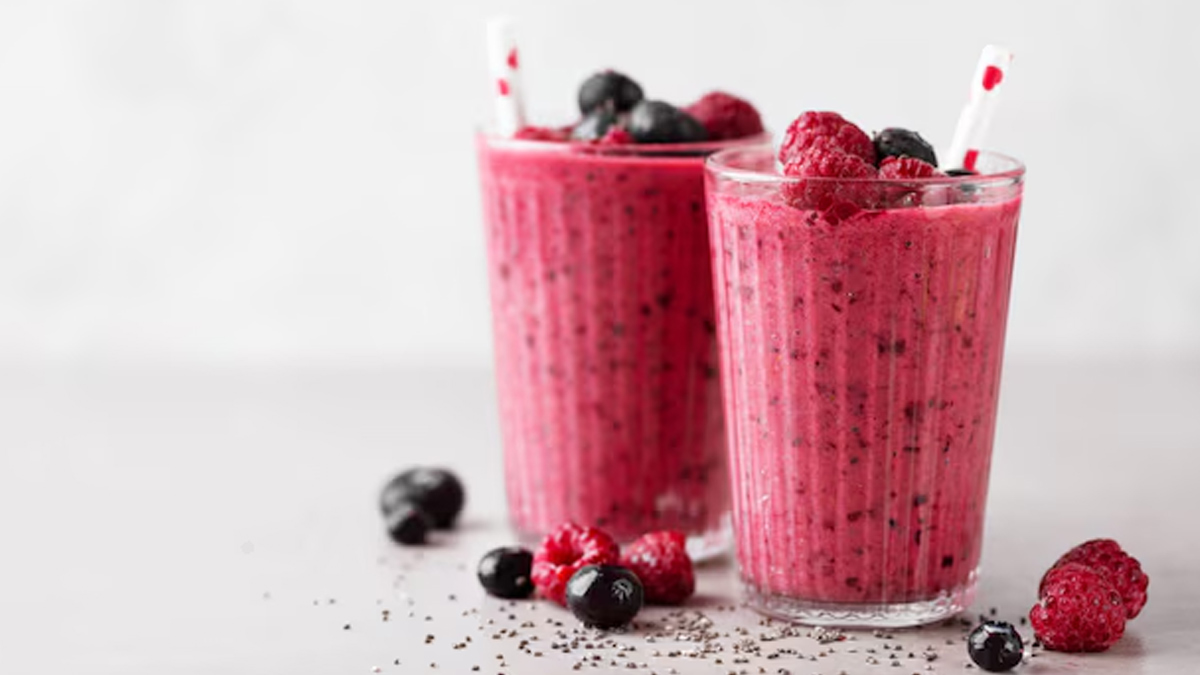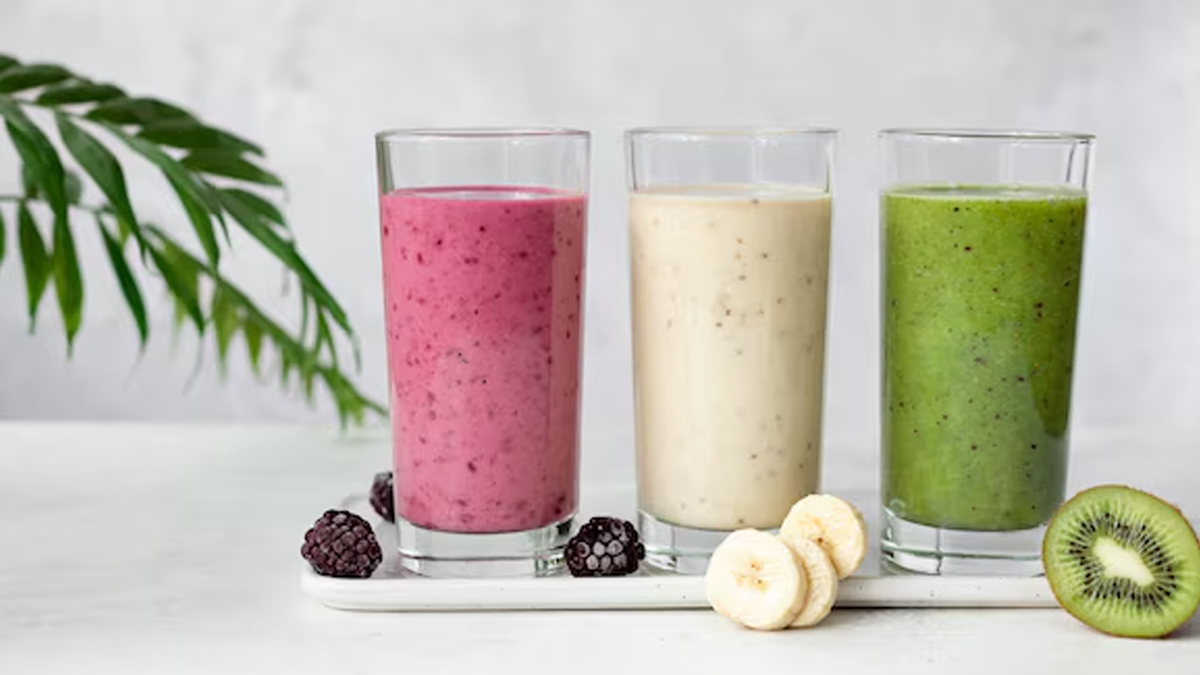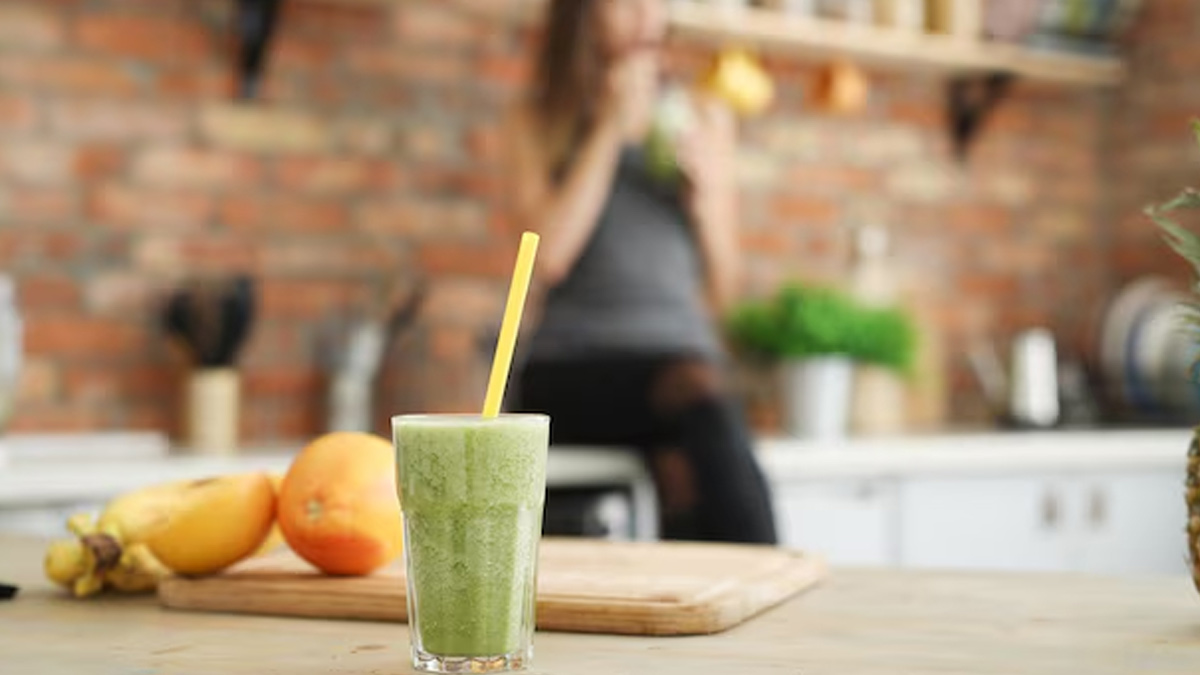
When it comes to choosing a healthy beverage, a smoothie often tops the list, not just because it's easy to make but also because it is delicious and refreshing. However, not all smoothies are made equal. In fact, if you’re not careful, your smoothie habit could be doing more harm than good, especially if you're trying to lose weight.
Table of Content:-
Here are five common smoothie mistakes that may be sabotaging your goals and what to do instead.
Using Excess Fruits

Fruits are healthy, but too much of a good thing can backfire, especially in smoothies. Many people load their blenders with bananas, mangoes, pineapples, and berries without realising how much natural sugar they’re adding. Even though fruit sugars are natural, they still spike your blood sugar levels, which can lead to energy crashes and increased hunger later on. Over time, this can hinder your weight loss efforts.
Some of the fruits with higher sugar content include bananas, mangoes, grapes, and cherries.
What to do instead: Stick to one serving of fruit per smoothie. Balance it out with vegetables like spinach, kale, or cucumber, which are lower in sugar but high in nutrients.
Skipping Protein And Healthy Fats
If your smoothie is mostly fruit and juice, it might leave you hungry an hour later. That’s because it lacks protein and fat, two key components that help keep you full and support metabolism.
What to do instead: Add a scoop of protein powder, Greek yoghurt, nut butter, chia seeds, or flaxseeds. These ingredients help stabilise blood sugar and keep you satisfied for longer.
Using Fruit Juice As A Base

Many people use orange juice, apple juice, or packaged smoothies as a liquid base, thinking it adds flavour and nutrients. But doing so can ruin your health goals, as this can turn a healthy drink into a glass full of sugar. This is because packaged juices are often high in sugar and low in fibre. And without the fibre that’s found in whole fruits, juice leads to quick blood sugar spikes.
What to do instead: Use water, unsweetened almond milk, coconut water, or plain yoghurt as your base. These options add creaminess or hydration without the added sugar.
Ignoring Portion Sizes
Just because it’s healthy doesn’t mean you can have unlimited amounts. Drinking a 600-ml smoothie packed with high-calorie ingredients could easily exceed your recommended calorie intake for a meal or snack. This can result in consuming more calories than you burn, which hinders weight loss and may even lead to weight gain.
What to do instead: Measure your ingredients and be mindful of calorie-dense add-ins like nuts, seeds, and full-fat dairy. Keep smoothies around 300-400 calories if you're using them as a snack, or 400-500 for a meal replacement.
Not Blending In Fibre

While fruits and vegetables contain fibre, blending them too finely, or using only juice, can reduce the fibre content in your smoothie. Fibre is essential for digestion, blood sugar control, and satiety. Therefore, without enough fibre, your smoothie digests too quickly, leaving you hungry and prone to overeating later in the day.
What to do instead: Add fibre-rich ingredients like oats, ground flaxseeds, chia seeds, or psyllium husk. These boost the smoothie’s texture and keep you fuller longer.
Conclusion
Smoothies can be a great drink for weight loss, but only when made mindfully. By avoiding these common mistakes and focusing on balance, portion control, and fibre, you can turn your smoothie into a satisfying, nutrient-rich meal or snack that supports your health goals.
Also watch this video
How we keep this article up to date:
We work with experts and keep a close eye on the latest in health and wellness. Whenever there is a new research or helpful information, we update our articles with accurate and useful advice.
Current Version
